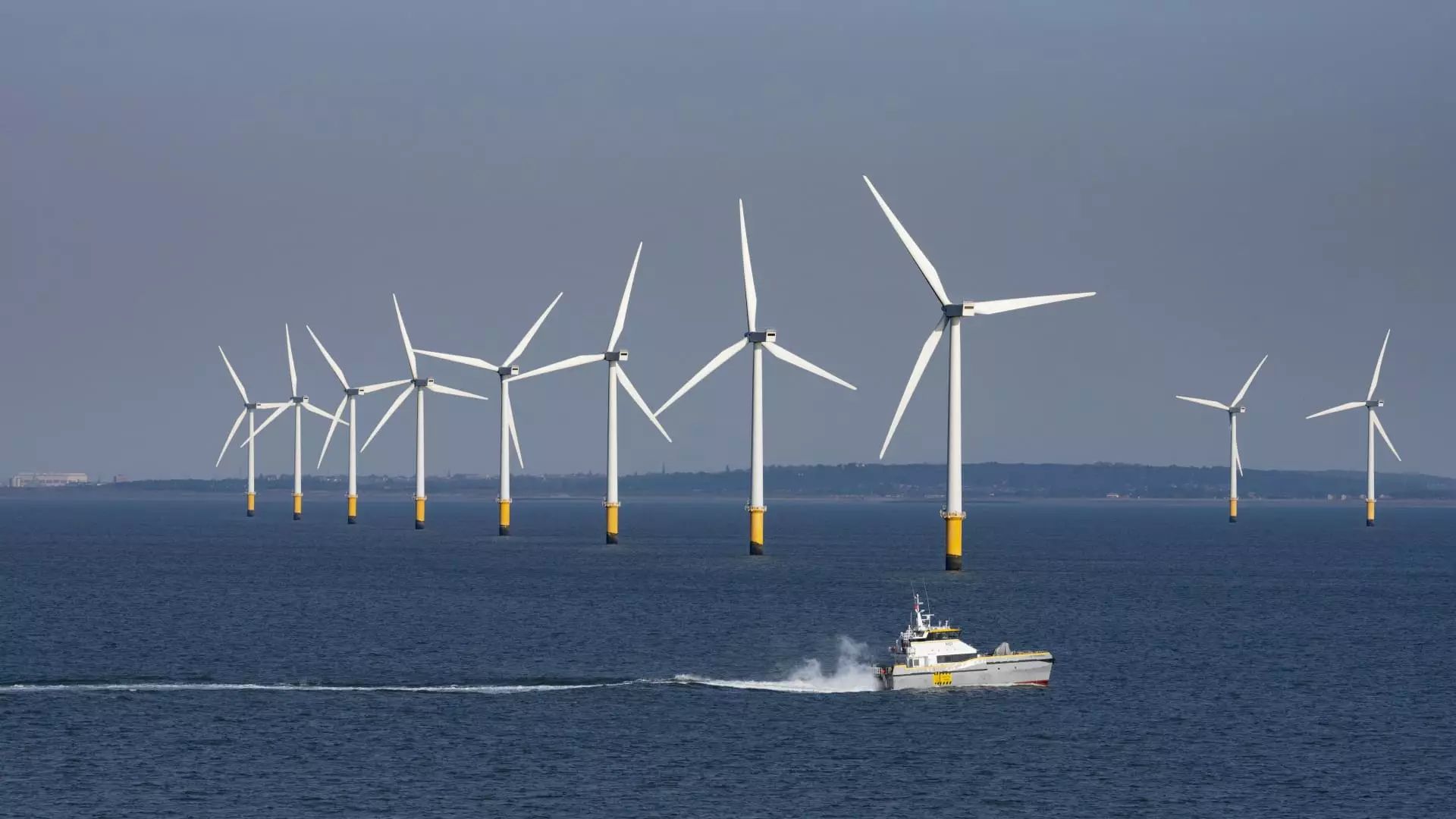American renewable energy advocates and investors alike have long placed hope in the potential of U.S. policy reforms to accelerate a clean energy revolution. However, a critical eye reveals that recent legislative developments, far from being a leap toward sustainable future, signal a precarious balancing act—one fraught with contradictions, compromises, and a glaring disconnect from true climate leadership. The so-called “big beautiful bill” appears, on surface, to provide relief and momentum to wind and solar projects, yet underneath, it exposes a troubling reality: the U.S. remains deeply ambivalent about which path it truly wants to follow.
This legislative dance—the narrowly approved amendments, the removal of threats like tariffs on foreign components, and the shifting deadlines—may create short-term boosts, but they hardly remediate the underlying issues that plague America’s clean energy ambitions. Instead of decisively investing in innovation and infrastructure, the bill dances around the edges, offering temporary relief while leaving the foundation of America’s renewable future fragile and vulnerable to uncertainty. Reliance on policy adjustments that mainly benefit industry insiders signals an approach driven more by political convenience than a genuine commitment to decarbonization.
European Investors’ Fluctuating Confidence: A Reflection of Deeper Woes
European renewable firms—traditionally the global leaders—find themselves reacting cautiously to the U.S. legislative landscape. Shares of firms like Vestas, Orsted, and Nordex surged briefly on hopes that legislative amendments would stave off worst-case scenarios, yet this optimism is delicate and tinged with skepticism. These companies recognize that while the bill’s modifications temporarily ease some restrictions—most notably the removal of tariffs on imported components and the end-of-2026 project deadline—these are band-aids on a much larger wound.
European investors are acutely aware that the U.S. teeters dangerously close to retreating from its climate commitments, especially as the bill appears to undermine the policies introduced under the Biden administration. The shifts are symptomatic of a broader geopolitical and economic tug-of-war—one where the U.S. balks at the ambitious decarbonization goals that drive European markets, yet still claims a leadership role. The balance between economic self-interest, geopolitical rivalry (particularly with China), and climate responsibility remains ill-defined, and this ambiguity fosters uncertainty in European renewable investments.
Long-term Risks and the Reality Check Behind the Hype
The promises offered by regulatory amendments, such as the removal of the cliff-edge deadline, are conveniently presented as hope for continued activity. Yet, they merely delay the inevitable: a path riddled with policy vacillations that threaten the stability of renewable investments in the U.S. The critical issue lies in the country’s ambivalent stance on climate action. Policymakers seem more inclined to placate industrial interests—especially fossil fuel-adjacent sectors—than to embed renewable solutions within a coherent, sustained strategy for climate resilience.
Furthermore, the bill’s shelving of an outright repeal of key provisions from the Biden-era Inflation Reduction Act (IRA) underscores its half-hearted approach. While it temporarily alleviates some concerns, it also forestalls the deeper reforms necessary for modernizing the grid and fostering innovation. This piecemeal strategy is unlikely to inspire lasting confidence among foreign investors or domestic manufacturers already burdened by tariff wars and China’s dominance in supply chains.
European-based firms, despite their current optimism, are watching with a critical eye. The risk that ongoing projects could face cancellation or delays remains high—especially if federal support wanes or shifts unpredictably. The U.S. should aim for more than short-lived legislative patchwork; it needs a clear, committed pathway that prioritizes sustainability over political expediency, a criterion it has, thus far, largely failed to meet.
The Contradiction of Climate Leadership and Political Self-Preservation
At its core, the debate over U.S. renewable policy exposes a profound contradiction: policymakers desire the veneer of climate leadership without committing to the sacrifices such leadership entails. The liberal center—centered on pragmatic progress—recognizes that genuine climate action necessitates consistent, long-term investments, not episodic legislative adjustments. Yet, the current political climate fosters a pattern of reactive, often reactive, policymaking shaped more by electoral calculus than by environmental necessity.
This pattern reinforces the unfortunate reality that climate policy in the U.S. is often a pawn in broader political battles—between economic interests, partisanship, and global leadership aspirations. European investors see through this veneer. They understand that until the U.S. adopts a cohesive, stable policy framework—one that commits to decarbonization with resolve—it will remain a tentative partner on the global climate stage. The U.S.’s inability to balance domestic political pressures with the urgent need for climate action remains its greatest weakness, dragging Europe and the entire world into a longer, more uncertain transition.
The recent legislative actions—though superficially positive—are symptomatic of a deeper malaise. Without genuine political will, a willingness to confront vested interests, and consistent policy direction, America’s renewable future remains fragile. It’s a stark reminder that symbolic victories in reform are hollow unless backed by authentic commitment—something this bill, at best, only tentatively offers amidst a landscape riddled with contradictions and compromises.


Leave a Reply